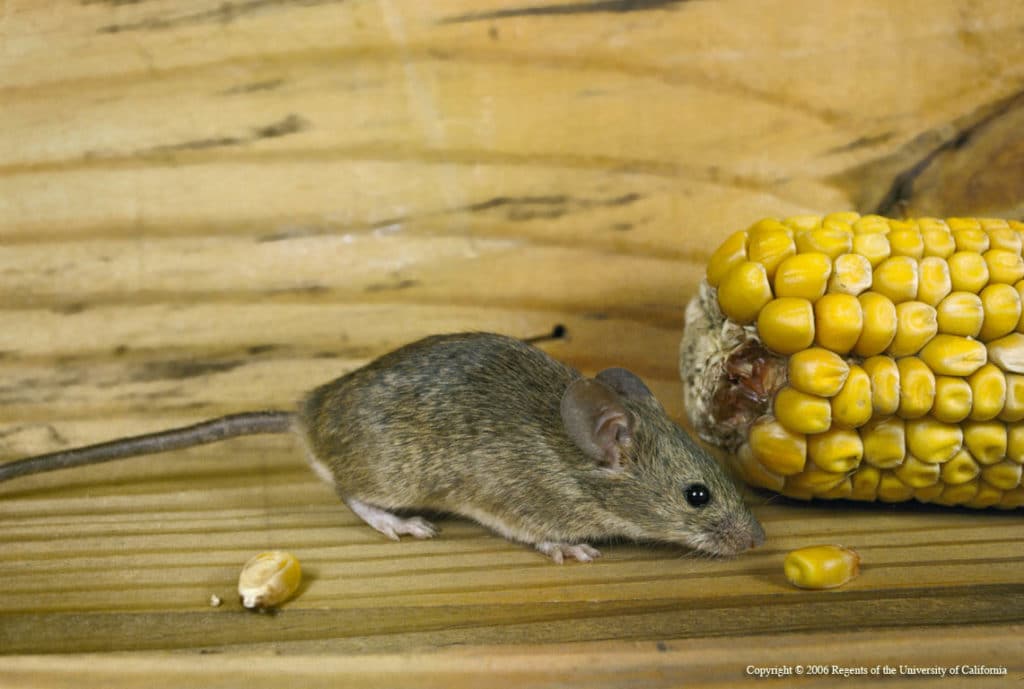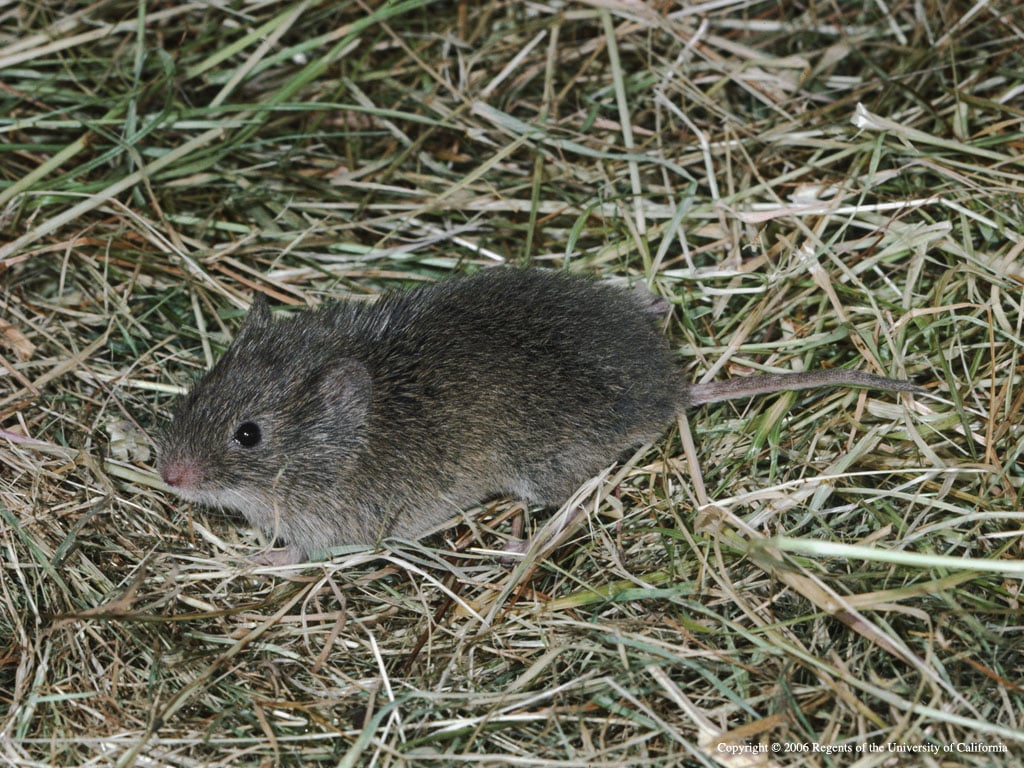When homeowners spot a small animal scurrying across the kitchen floor or digging in the yard, they may wonder if they have a problem with voles or mice. Both of these rodents are five to eight inches long and have gray or brown fur; voles are stockier than mice with shorter tails, larger eyes, and smaller, less prominent ears.
In general, mice thrive anywhere with food and shelter, including homes and barns. Voles live outside, dig burrows and create pathways of dead grass, called runways, in lawns. They consume a variety of garden plants and eat the bark from trees.
Managing voles or mice involves modifying their habitat, though each pest requires slightly different changes. Mowing and removing protective foliage in the yard can help prevent voles. Keeping floors and countertops free of crumbs and spills deters mice.
Snap traps are the best tool for managing mice and voles. Don’t use poisonous baits; animals that ingest this can die in hidden places, create bad odors, and be difficult to locate. As they take days to work, predators may eat a poisoned rodent and die.

The house mouse has smaller eyes and are less stocky than voles.

Vole, also known as a meadow mouse have shorter tails and less prominent ears.